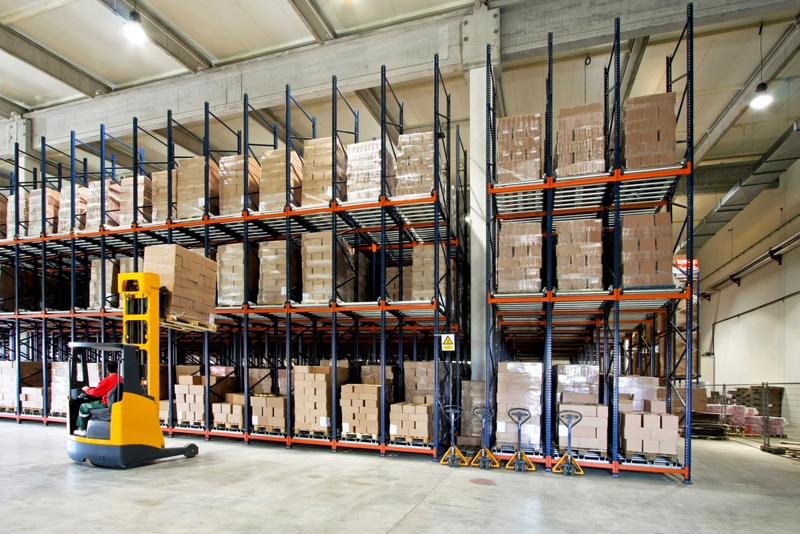Some of those changes will absolutely be for the better, but others require significant strategizing to avoid pitfalls, according to a recent industry survey conducted by Foley & Lardner LLP. While 62% of respondents will shift their supplier base to ensure they can adhere to a just-in-time model so they can be more responsive to developing issues.
Along similar lines, more than 9 in every 10 respondents said that they were trying to do more to build additional visibility into their full supply chains so they always have the best information available, the report said. Many are shifting away from truly global supply chains to create a more regionally focused approach, with more sourcing coming not from China (where 59% say they are cutting supplier ties) and more from the U.S. (with almost three-quarters increasing ties), Mexico (nearly half) and Canada (close to 1 in 4).

Why the shift is necessary
It should come as little surprise that the COVID crisis led to shifting trends among consumers as well, and nowhere is that more clearly illustrated than when it comes to e-commerce — a trend which logistics firms have to account for these days, according to CNBC. As recently as the start of this year, e-commerce only accounted for about $1 out of every $9 spent on retail nationwide. However, since the pandemic started, that number has been cut by one-third, to $1 out of every $6 spent on retail.
Meanwhile, it seems that specialization in retail stores could be headed the way of the dodo, with stores that sell a little bit of everything (like Target, Walmart or even Best Buy and the Home Depot) continuing to go strong while smaller, more specialized competitors struggle in the new environment.
Changing worker roles
Just about everyone in the U.S. has had some aspects of their jobs disrupted by the pandemic, and those who work in the supply chain have likely been impacted far more than others, according to Transport Topics. After all, someone has to pick and pack items from warehouse shelves, put them out for delivery, take them from Point A to Point B, receive those shipments and distribute them further. That's true for business-to-business or direct-to-consumer shipping, and perhaps most importantly, when it comes to getting health care professionals the supplies they need to test and treat coronavirus cases.
The more that can be done to adjust processes so that logistics firms are always able to respond to shifting needs and simultaneously keep their own workers safe, the better off the future of the supply chain on the whole is going to be.



Post A Comment:
0 comments so far,add yours